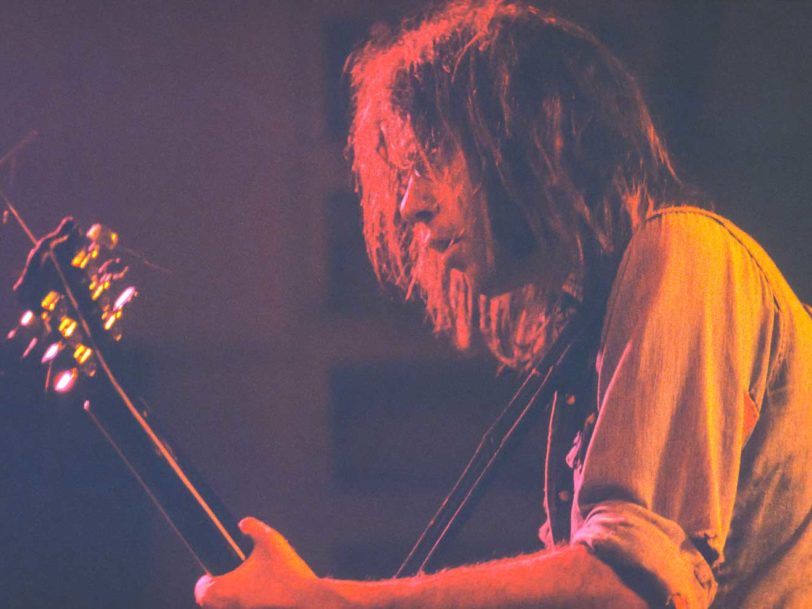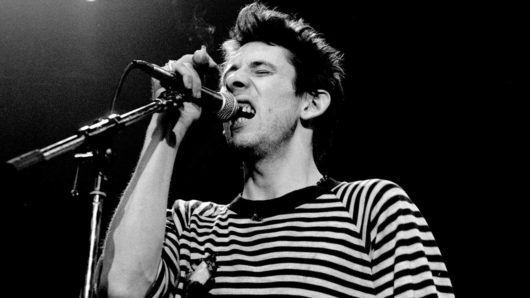Born in Toronto, Ontario, on 12 November 1945, Neil Percival Young, who became an American citizen in January 2020 at the age of 74, described his magnificent six-decade career as “quite an evolution”. The singer-songwriter and talented multi-instrumentalist started out with the band Buffalo Springfield before joining Crosby, Stills And Nash. Young forged his own brilliant solo career, and the best Neil Young songs stand as classics full of introspection and emotion.
Young’s songwriting has inspired countless modern musicians and he has always looked for a challenge, experimenting with styles and genres across more than 40 albums. Young once said that listeners get lost in real music “because it sounds like God”. Some of his own transcendental music has been on a higher plane.
20: Pocahontas (1979)
For a time, Neil Young owned a 1949 Buick Roadmaster with a license plate that read “POCAHONTAS”, honouring the Native American woman (her real name was Matoaka) who was captured and held for ransom by the colonists in the early 17th century. In 1975, Young wrote a disturbing, imaginative story-song about the cruelty of colonisation, which finally appeared on the album Rust Never Sleeps. The bleak song, originally titled Marlon Brando, John Ehrlichman, Pocahontas And Me, includes a verse in which a trapper fantasises about giving a thousand pelts to sleep with Pocahontas, “to find out how she felt”. Young’s song is full of surreal images, which the songwriter said flowed from his imagination. Cover versions by Johnny Cash and Gillian Welch have cemented Pocahontas’ place as one of the best Neil Young tracks. Brando, who is referenced in the song, declined an Oscar in 1973 in protest at Hollywood’s portrayal of Native Americans in film.




